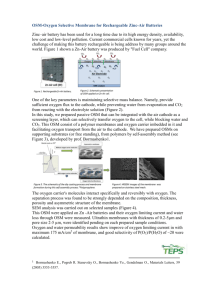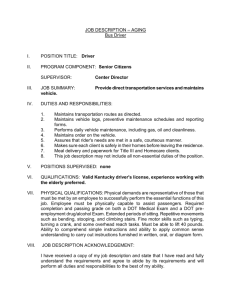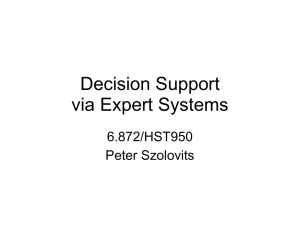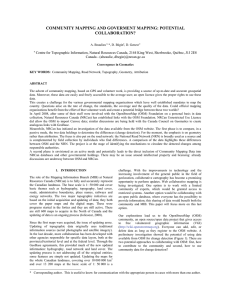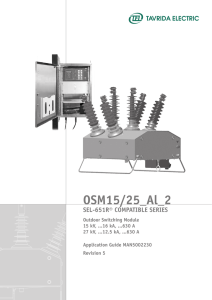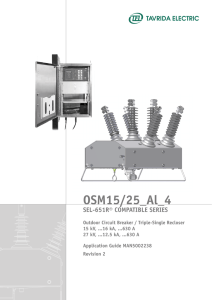Onboard Safety Monitoring
advertisement
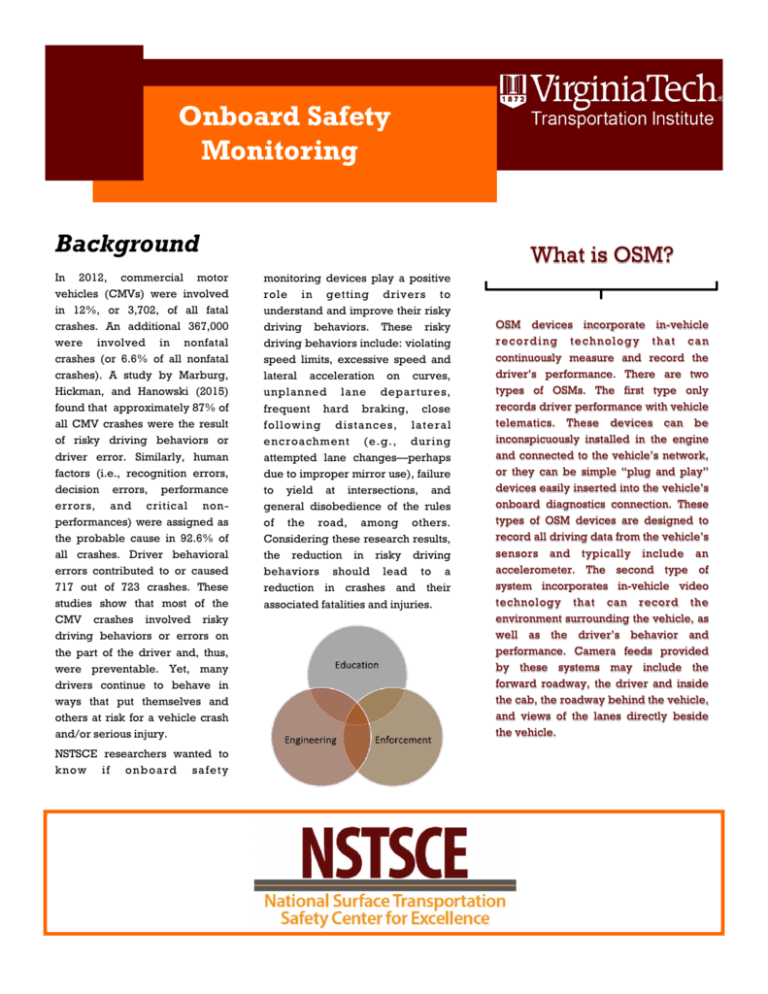
Onboard Safety Monitoring Background In 2012, commercial motor vehicles (CMVs) were involved in 12%, or 3,702, of all fatal crashes. An additional 367,000 were involved in nonfatal crashes (or 6.6% of all nonfatal crashes). A study by Marburg, Hickman, and Hanowski (2015) found that approximately 87% of all CMV crashes were the result of risky driving behaviors or driver error. Similarly, human factors (i.e., recognition errors, decision errors, performance errors, and critical nonperformances) were assigned as the probable cause in 92.6% of all crashes. Driver behavioral errors contributed to or caused 717 out of 723 crashes. These studies show that most of the CMV crashes involved risky driving behaviors or errors on the part of the driver and, thus, were preventable. Yet, many drivers continue to behave in ways that put themselves and others at risk for a vehicle crash and/or serious injury. NSTSCE researchers wanted to kno w if on b oa rd sa fety What is OSM? monitoring devices play a positive role in getting drivers to understand and improve their risky driving behaviors. These risky driving behaviors include: violating speed limits, excessive speed and lateral acceleration on curves, unplanned lane departures, frequent hard braking, close following distances, lateral encroachment (e.g., during attempted lane changes—perhaps due to improper mirror use), failure to yield at intersections, and general disobedience of the rules of the road, among others. Considering these research results, the reduction in risky driving behaviors should lead to a reduction in crashes and their associated fatalities and injuries. OSM devices incorporate in-vehicle r e c o r d i n g te c h n ol o g y t ha t c a n continuously measure and record the driver’s performance. There are two types of OSMs. The first type only records driver performance with vehicle telematics. These devices can be inconspicuously installed in the engine and connected to the vehicle’s network, or they can be simple “plug and play” devices easily inserted into the vehicle’s onboard diagnostics connection. These types of OSM devices are designed to record all driving data from the vehicle’s sensors and typically include an accelerometer. The second type of system incorporates in-vehicle video technology that can record the environment surrounding the vehicle, as well as the driver’s behavior and performance. Camera feeds provided by these systems may include the forward roadway, the driver and inside the cab, the roadway behind the vehicle, and views of the lanes directly beside the vehicle. Page 2 NSTSCE Study: Effective Use of Commercially Available Onboard Safety Monitoring Technologies Did You Know? One method to reduce risky driving behaviors is through the use of OSM technologies. These invehicle technologies are able to provide continuous or event-based measures on a wide variety of driving behaviors previously unavailable to fleet safety managers. Several studies have found OSM devices to be highly effective in increasing the safety of drivers. A combination of an OSM device with driver feedback and coaching resulted in a 52.2% reduction in safety-related events, and a 59.1% reduction in the most severe safety-related events. In order to achieve a positive outcome using an OSM device, careful consideration is required when developing, implementing, and evaluating the OSM program. An 11-step procedure is recommended to achieve successful implementation. The implementation procedure entails: Developing a positive safety culture, assembling a steering committee, defining roles and responsibilities for developing an OSM policy, conducting benchmarking, evaluating and selecting an OSM system, developing performance measures, constructing a timeline for implementation, developing accountability, increasing awareness, providing communication, and evaluating and monitoring the OSM program. Each step is a critical aspect to obtain the full benefit of OSMs and driver acceptance. Final Report: Camden, M., Jeffrey S., H., & Hanowski, R. (2015). Effective Use of Commercially Available Onboard Safety Monitoring Technologies: Guidance for Commercial Motor Vehicle Carriers. Retrieved from https://vtechworks.lib.vt.edu/handle/10919/51586 Resources: Marburg, T., Hickman, J., & Hanowski, R. (2015). Common Data Elements between the Large Truck Crash Causation Study Investigations and Commercially Available Onboard Monitoring Systems. Retrieved from https://vtechworks.lib.vt.edu/handle/10919/51270
